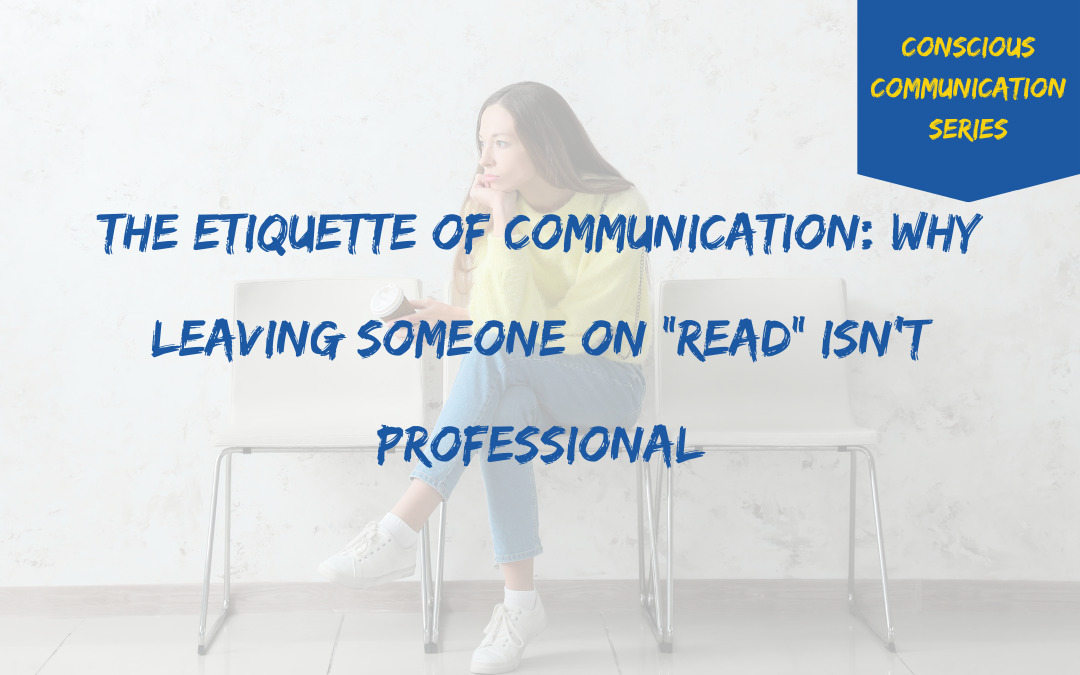In our digitally connected world, communication has evolved into new forms, facilitating easier and more constant contact. Yet, the surge in instant messaging has introduced fresh challenges regarding etiquette and professionalism. One of these challenges is the act of leaving someone on “read.” This post delves into the reasons behind deeming this behavior unprofessional and provides insights into upholding respectful and effective communication.
Leaving someone on “read” sends a signal that their message wasn’t worth a response…
which can be disrespectful of the sender’s time and effort. Furthermore, being left on “read” can create uncertainty and anxiety for the sender, leaving them to wonder if their message was received or if the recipient is intentionally ignoring them.
In professional settings, maintaining courteous communication is crucial. Responding to messages in a timely manner demonstrates professionalism and a willingness to engage, whether it’s with a colleague, client, or supervisor.
Moreover, effective communication is essential for building and maintaining relationships, both personally and professionally. Leaving someone on “read” can strain relationships and create unnecessary tensions, potentially causing misunderstandings and issues.
Ignoring messages can lead to missed opportunities…
such as potential collaborations, job inquiries, or networking prospects. Consider your digital footprint, as in the age of screenshots and digital records, leaving someone on “read” can impact your reputation over time, consequently giving the impression that you may be dismissive or uninterested.
To foster a positive communication environment, remember the golden rule of communication: treat others as you want to be treated. Just as you would appreciate a timely response, extending the same courtesy to others reflects positively on your character and professionalism.
In conclusion, leaving someone on “read” has social and professional implications. Timely and respectful communication demonstrates your commitment to effective communication and maintaining healthy relationships, which is crucial in a world where connections are essential.




